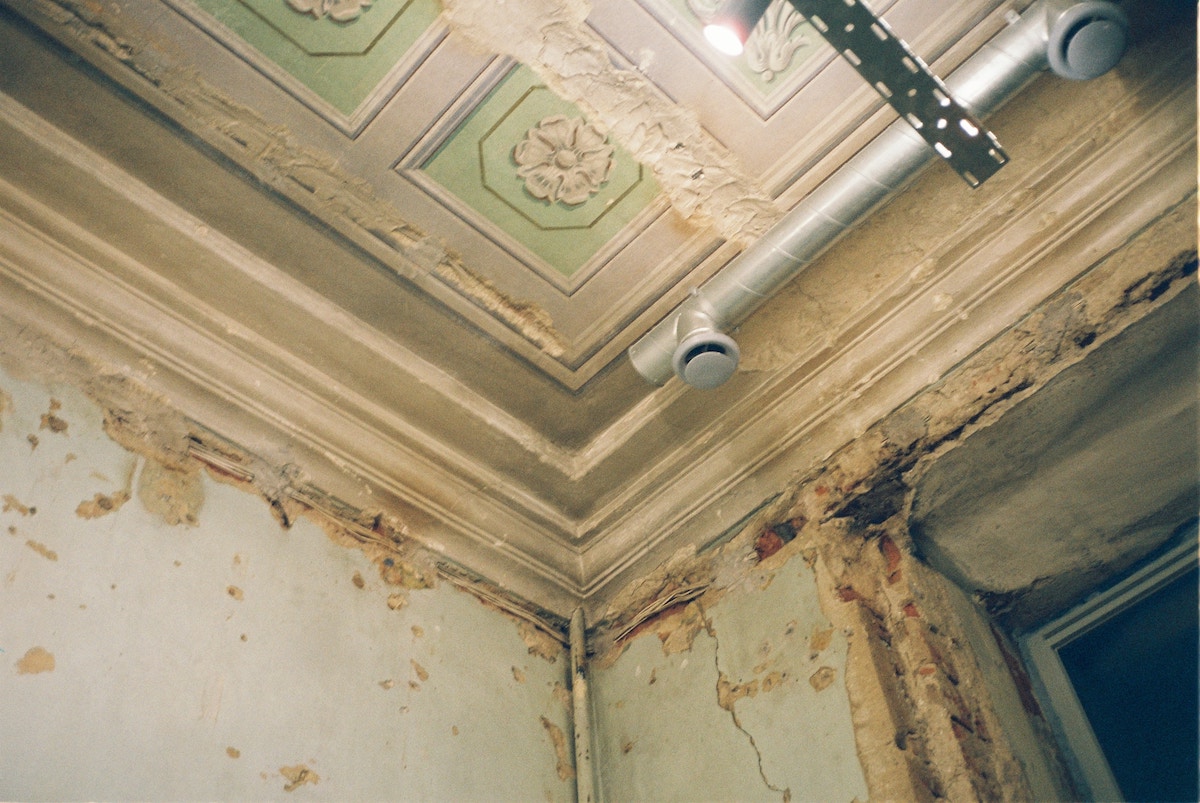The Hidden Dangers of Mold in Commercial Buildings: What You Need to Know

Mold isn’t something that comes to mind when most people think about their commercial buildings, but it should be. Mold is a serious problem: one that can cause health problems for occupants, structural damage to the building, and even financial losses if left unchecked. But many don't realize how common mold can be in businesses or what steps must be taken to keep it at bay. In the post below, we will discuss the hidden dangers of mold and explore how you can protect your business from its destructive effects.
What Is Mold and When Should You Call a Professional
Mold is a type of fungus that grows in moist and humid environments. It is often found in bathrooms, kitchens, and basements where moisture accumulates. Although mold may seem harmless, it can cause serious health issues such as respiratory problems, allergic reactions, and skin irritation. And that's not all. Mold can cause structural damage to your commercial building if left untreated. If you notice any signs of mold such as a musty odor, discoloration on walls or ceilings, or increased allergy symptoms, click here to call a professional mold remediation specialist in your area. These experts can effectively identify the source of the mold, remove it, and prevent it from recurring in the future. Don't wait until it's too late to take action against mold; call a professional as soon as you suspect its presence in your commercial building.
Causes and Symptoms of Mold Growth
As already mentioned earlier, mold can grow and thrive in many different environments. There are countless types of mold, and they are present both indoors and outdoors. The most common causes of mold growth in commercial buildings are water damage, standing water, and high humidity levels. It's important to keep a close eye out for signs of increased humidity as this can lead to mold growing in unexpected places such as carpets or behind walls. Some symptoms that may indicate the presence of mold include visible patches on walls and ceilings, a musty odor, sneezing, coughing, and watery eyes. If you notice any of these signs in your commercial building, you know the drill: call a professional right away for an inspection and remediation.
The Health Risks of Mold Exposure
While some molds are harmless, others can pose significant health risks to humans. Mold can have serious consequences for the health of occupants in commercial buildings. Long-term exposure to mold spores can trigger or exacerbate respiratory issues, allergies, and asthma. Inhaling large amounts of airborne mold spores can even lead to more serious health complications such as pneumonia. To prevent these risks from arising in the first place, you want to keep moisture levels in your commercial building low and prevent any potential water damage. You don't want to take chances when it comes to your health, so be sure to act quickly if you notice any signs of mold in your building.
Different Types of Mold Found in Commercial Buildings
Mold comes in many shapes and sizes, and some species are more dangerous than others. Some of the most common types of mold found in commercial buildings include:
- Stachybotrys chartarum (black mold): This type of mold is the most toxic and can cause serious health issues for occupants if left untreated. It often grows on wood, paper, insulation, and other cellulose materials.
- Aspergillus: Aspergillus species are common in air conditioners, humidifiers, carpets, and fabrics. They produce toxins that can lead to respiratory illnesses.
- Fusarium: This type of mold typically grows in damp areas such as basements and bathrooms and can lead to skin, eye, and respiratory irritation.
- Penicillium: This is one of the most common molds found in buildings. It produces toxins that can cause headaches, nausea, and asthma symptoms.
Each type of mold has its own characteristics and can pose unique risks to the health of those who come into contact with it. It's important for building owners and managers to be aware of the types of mold found in their buildings and take steps to prevent and remediate any growth to ensure the safety and well-being of those who use them.
Steps You Can Take to Prevent Mold Growth
Mold is a pesky and persistent problem that can affect any building. Fortunately, there are steps that you can take to prevent mold growth in your commercial building. These include:
- Keeping indoor humidity levels below 50%.
- Ensuring that all windows, doors, and other openings are properly sealed.
- Installing a dehumidifier in areas of the building that may be prone to moisture buildup.
- Regularly inspecting for any water damage and taking steps to address it quickly if found.
- Cleaning and repairing any leaks in gutters, roofs, pipes, plumbing fixtures, or windows.
By taking these preventive measures, you can keep mold at bay and ensure a clean and healthy living environment for yourself and your family.

Mold growth in commercial buildings is a serious issue that has potential implications for both the physical structure of the building and the health of its occupants. Business owners and managers must first understand the risks associated with mold and take proactive measures to prevent its growth.
Regular building inspections, maintaining optimal humidity levels, and swift actions on any signs of water damage can keep this pesky problem at bay. Remember, the key to mold control is moisture control. In the event of a mold outbreak, it's advisable to bring in professional mold remediation services promptly to tackle the situation effectively.



